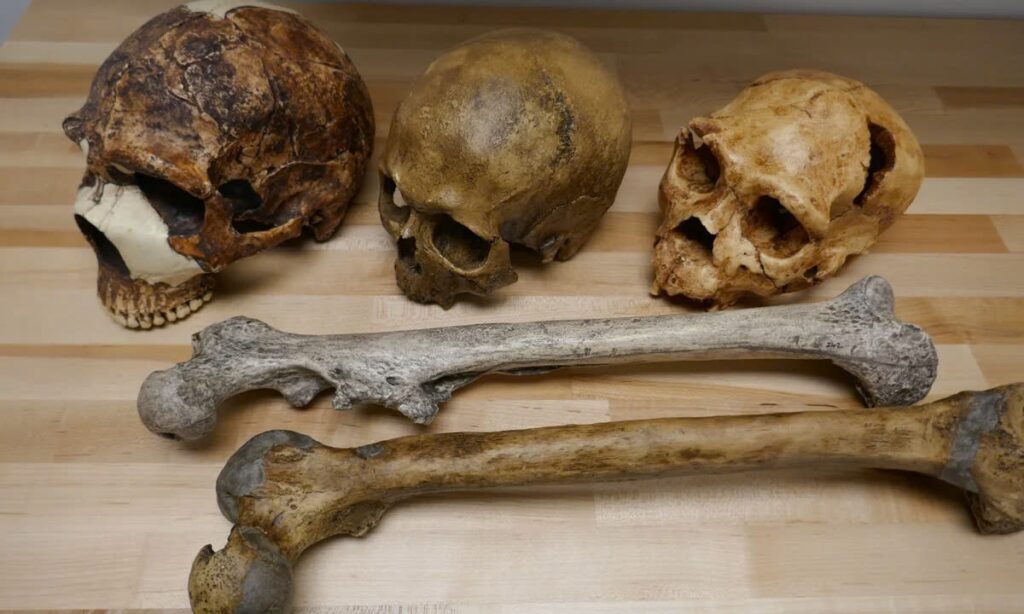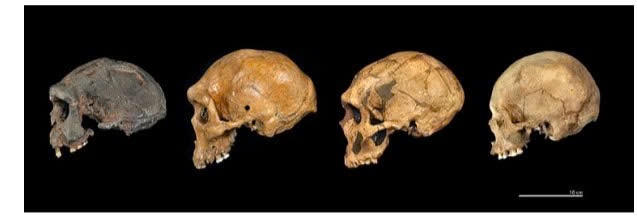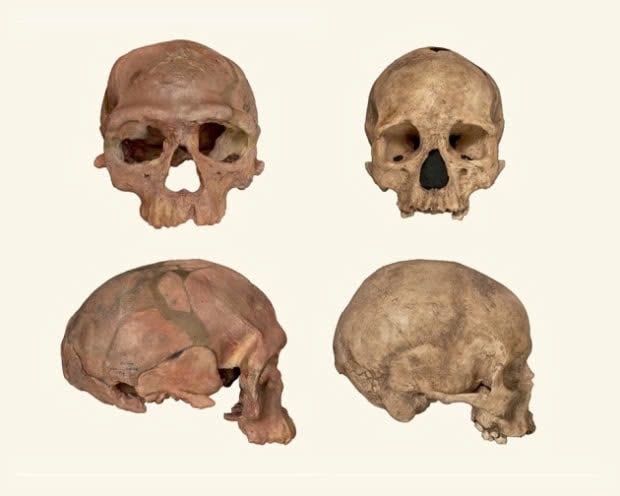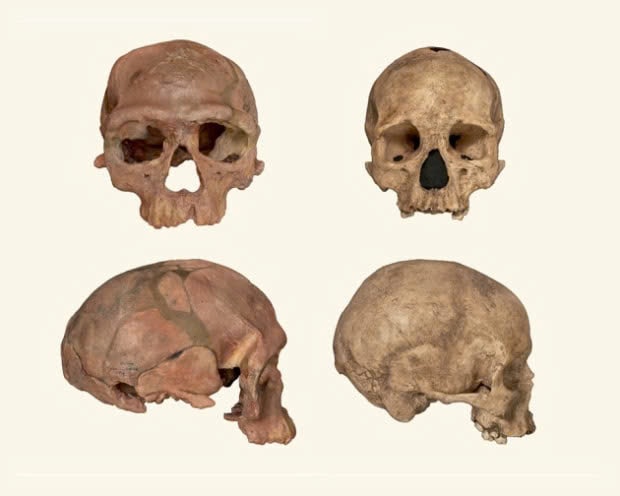Ancient Fossils Reveal Climate’s Role in Shaping Homo Sapiens

Over the past million years, climate has played a crucial role in shaping the human body and brain. A recent study, led by researchers from the University of Cambridge and the University of Tubingen, has uncovered fascinating insights into how our ancestors adapted to changing environmental conditions.
The Climate-Body Size Connection
By examining over 300 ancient fossils from around the world and reconstructing regional climates, scientists have discovered that:
- Human body size has fluctuated significantly over time
- Larger bodies evolved in colder regions, likely as a buffer against low temperatures
- Our species, Homo sapiens, emerged about 300,000 years ago in Africa
- Compared to earlier species like Homo habilis, modern humans are 50% heavier with brains three times larger
Professor Andrea Manica from the University of Cambridge states, “Our study indicates that climate—particularly temperature—has been the main driver of changes in body size for the past million years.”
Brain Size: A Different Story

While body size correlations with climate were strong, brain size showed weaker links to environmental factors. The study found that:
- Brain size tended to be larger in areas with less vegetation and more ecological stability
- Complex hunting of large animals in open habitats may have driven brain evolution
- Non-environmental factors, such as social complexity and technological advancements, likely played a more significant role in brain size increase
Dr. Manuel Will from the University of Tubingen explains, “We found that different factors determine brain size and body size—they’re not under the same evolutionary pressures.”
The Future of Human Evolution

The research suggests that human evolution is ongoing:
- Body size continues to adapt to different climates
- Brain size in our species has been shrinking since the beginning of the Holocene (about 11,650 years ago)
- Increasing reliance on technology may lead to further brain size reduction
However, Professor Manica cautions against excessive speculation, reminding us that many factors can change in the future.
This groundbreaking study not only sheds light on our past but also prompts us to consider the ongoing evolution of our species in the face of changing environmental and technological landscapes.

